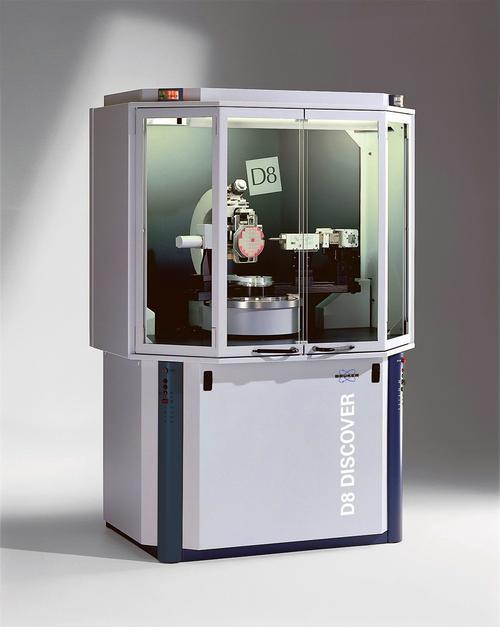Case Study: Gearing Up to Improve Analytical Instruments
October 27, 2011

A manufacturer of various analytical instruments for the pharmaceutical industry, among other markets, Madison, Wis.-based Bruker AXS recently evaluated the gear sets used in the design of its D8 Series of analytical diffractometers.
After testing the existing gears used by Bruker, the company decided to start using brass worm gear assemblies provided by Forest City Gear (FCG). The gears are used to position certain optics and shutters on the diffractometers. These systems are typically found in research labs and R&D facilities at academic institutions as well as industrial locations.

The analytical diffractometers manufactured by Bruker AXS address a range of applications, including phase identification, phase quantification, texture, stress, single crystal diffraction, small angle X-Ray scattering, high-throughput screening, microdiffraction, reciprocal space mapping, non-ambient characterization, high-resolution X-Ray diffraction, reflectometry, gracing incidence diffraction, indexing, and structure solution.
Because of the variety of end uses for these diffractometers, they have to be able to handle the smallest and largest samples and sample amounts, in homogeneous samples, as well as those of complex shape geometry and samples of heavy weight.
Some of the key components on the D8 series of diffractometers include the patented Bruker automated laser-video alignment system and the patented Hi-Star area detector. The combination of these two components enables precision alignment of sample features for instant analysis in snapshot or movie mode. The peak to background ratio of the data collected is close to the theoretical limits, owing to the sensitivity of the Hi-Star detector. The worm gear sets, now provided by FCG, are used on these systems for the precise alignment and positioning of the incident beam. The proper alignment of a system starts with the incident beam, so the gear movements must be extremely accurate and highly repeatable.
The D8 Apex II series of instruments from Bruker AXS is another system where the FCG gears are used. The APEX II line of chemical crystallography solutions is designed for single crystal structure determination. These instruments are recognized for their ease of use, state-of-the-art software, and for having the fastest, most sensitive low-noise APEX II detector. These features, combined with the precise and flexible goniostats, provide the best data possible, quickly and reliably, to the academic lab or industrial research facility.
About the Author(s)
You May Also Like





